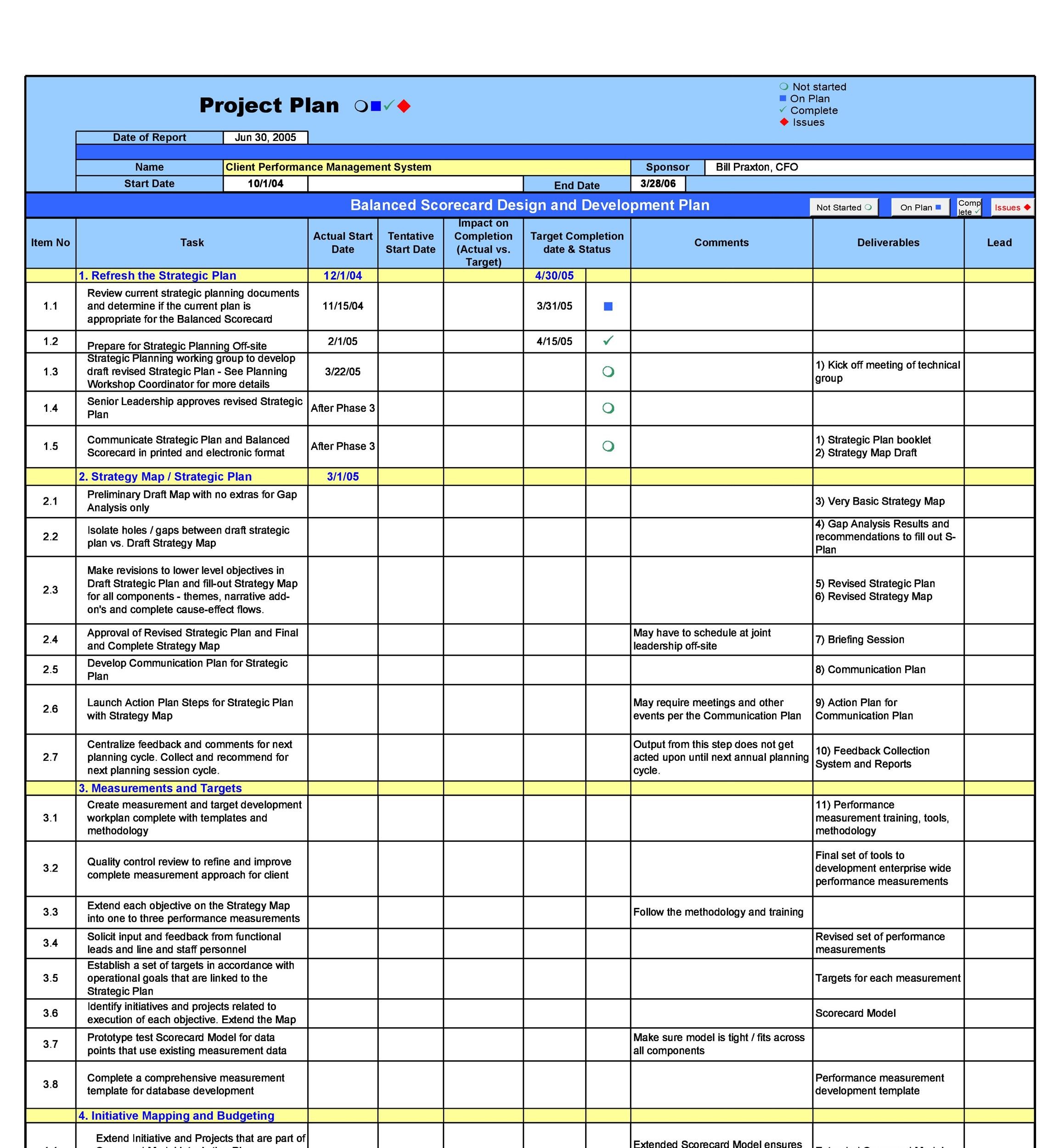Analysis Of Japan's Shrinking Economy: Before The Trump Tariff Effects

Table of Contents
Demographic Challenges: A Declining and Aging Population
One of the most significant contributors to Japan's shrinking economy is its rapidly aging and declining population. Japan has one of the lowest birth rates globally, leading to a shrinking workforce and an increasing burden on the social security and healthcare systems. This demographic time bomb has profound implications for economic productivity and future growth.
- Shrinking workforce leading to labor shortages: The declining birth rate directly translates to fewer young people entering the workforce, leading to significant labor shortages across various sectors. This shortage drives up labor costs and limits economic expansion.
- Increased strain on social security and healthcare systems: A larger proportion of elderly citizens necessitates increased government spending on pensions, healthcare, and long-term care, putting immense pressure on public finances. This often leads to higher taxes or reduced spending in other crucial areas.
- Reduced consumer spending due to an aging population: Elderly individuals tend to have lower consumption levels than younger generations, impacting overall consumer demand and hindering economic growth. This decreased spending further exacerbates economic stagnation.
- Impact on innovation and technological advancement: A shrinking and aging workforce may also lead to a decline in innovation and technological advancement, as fewer young people enter fields of science and technology. This lack of dynamism further contributes to Japan's slower economic growth compared to other developed nations.
Stagnant Productivity and Technological Innovation
Japan's relatively low productivity growth compared to other developed nations is another critical aspect of its shrinking economy. While known for its technological prowess in certain sectors, overall productivity gains have lagged behind for several reasons.
- Lack of investment in research and development: Compared to some of its competitors, Japan has seen relatively lower investment in research and development (R&D), hindering the creation of new technologies and industries.
- Resistance to change and adoption of new technologies: A certain degree of resistance to adopting new technologies and innovative business models has hampered productivity gains. This includes both in established corporations and in regulatory frameworks.
- Bureaucracy and regulatory hurdles hindering innovation: Complex bureaucracy and stringent regulations can stifle entrepreneurship and the development of new businesses, hindering innovation and economic dynamism.
- Dependence on mature industries with limited growth potential: Japan's economy remains heavily reliant on mature industries with limited growth potential. Diversification into new, high-growth sectors is crucial to address this issue.
Deflationary Pressures and Weak Consumer Demand
Persistent deflationary pressures have significantly hampered Japan's economic growth for decades. The impact on consumer spending and investment is substantial.
- Impact of deflation on consumer spending and investment: Deflation discourages spending as consumers delay purchases anticipating further price drops. Businesses postpone investments as they expect lower returns in a deflationary environment. This creates a vicious cycle of low demand and low growth.
- The role of the Bank of Japan's monetary policy: The Bank of Japan has implemented various monetary policies, including quantitative easing, to combat deflation, but with limited and often debated success.
- Challenges in stimulating consumer confidence: Rebuilding consumer confidence and encouraging spending in a deflationary environment is incredibly challenging, requiring significant and sustained policy interventions.
- The "lost decades" of economic stagnation: The prolonged period of economic stagnation in Japan, often referred to as the "lost decades," has been significantly exacerbated by the persistent deflationary pressures.
Global Economic Headwinds and External Factors
Even before the Trump tariffs, Japan's economy faced various global economic headwinds and external factors that contributed to its shrinking economy.
- The impact of the 2008 global financial crisis: The 2008 global financial crisis significantly impacted Japan's export-oriented economy, leading to a sharp contraction in economic activity.
- Slowdown in global demand for Japanese exports: A slowdown in global economic growth, especially in major trading partners, resulted in reduced demand for Japanese exports, impacting its overall economic performance.
- Competition from emerging economies: Increased competition from rapidly developing emerging economies put pressure on Japanese industries, particularly in manufacturing and electronics.
- Fluctuations in the value of the Yen: Fluctuations in the value of the Yen, which is a major driver of Japan's trade balance, can negatively impact its economic performance. A strong Yen, for example, reduces the competitiveness of its exports.
Conclusion: Understanding the Pre-Tariff State of Japan's Shrinking Economy
Before the Trump administration's tariffs, Japan's shrinking economy was already grappling with a complex web of interconnected challenges. Demographic shifts, stagnant productivity, deflationary pressures, and global economic headwinds all played significant roles in this prolonged period of slow growth. Understanding these pre-existing challenges is crucial to accurately assessing the impact of subsequent policy changes, like the Trump tariffs, on the Japanese economy. To delve deeper into the complexities of Japan's economic situation, further research into "Japan's shrinking economy," "Japanese economic challenges," or "pre-Trump Japanese economic conditions" is highly recommended. You can find relevant reports and academic studies through a simple online search.

Featured Posts
-
 Suksesi I Ndermjetesimit Te Emirateve Te Bashkuara Arabe Ne Shkembimin E Te Burgosurve
May 17, 2025
Suksesi I Ndermjetesimit Te Emirateve Te Bashkuara Arabe Ne Shkembimin E Te Burgosurve
May 17, 2025 -
 Weekly Performance Review Areas For Improvement
May 17, 2025
Weekly Performance Review Areas For Improvement
May 17, 2025 -
 Stream Seattle Mariners Vs Chicago Cubs Spring Training Free Live Options
May 17, 2025
Stream Seattle Mariners Vs Chicago Cubs Spring Training Free Live Options
May 17, 2025 -
 Miami Acik 2024 Novak Djokovic Finalde
May 17, 2025
Miami Acik 2024 Novak Djokovic Finalde
May 17, 2025 -
 Negan In Fortnite Jeffrey Dean Morgans Perspective
May 17, 2025
Negan In Fortnite Jeffrey Dean Morgans Perspective
May 17, 2025
